CURRENTLY SHOWING
SAI WAN (WESTERN)
HART Haus x r é n: Art Actions | Our Youth Our Future
27 Jun – 13 Sep, 2025
HART HAUS
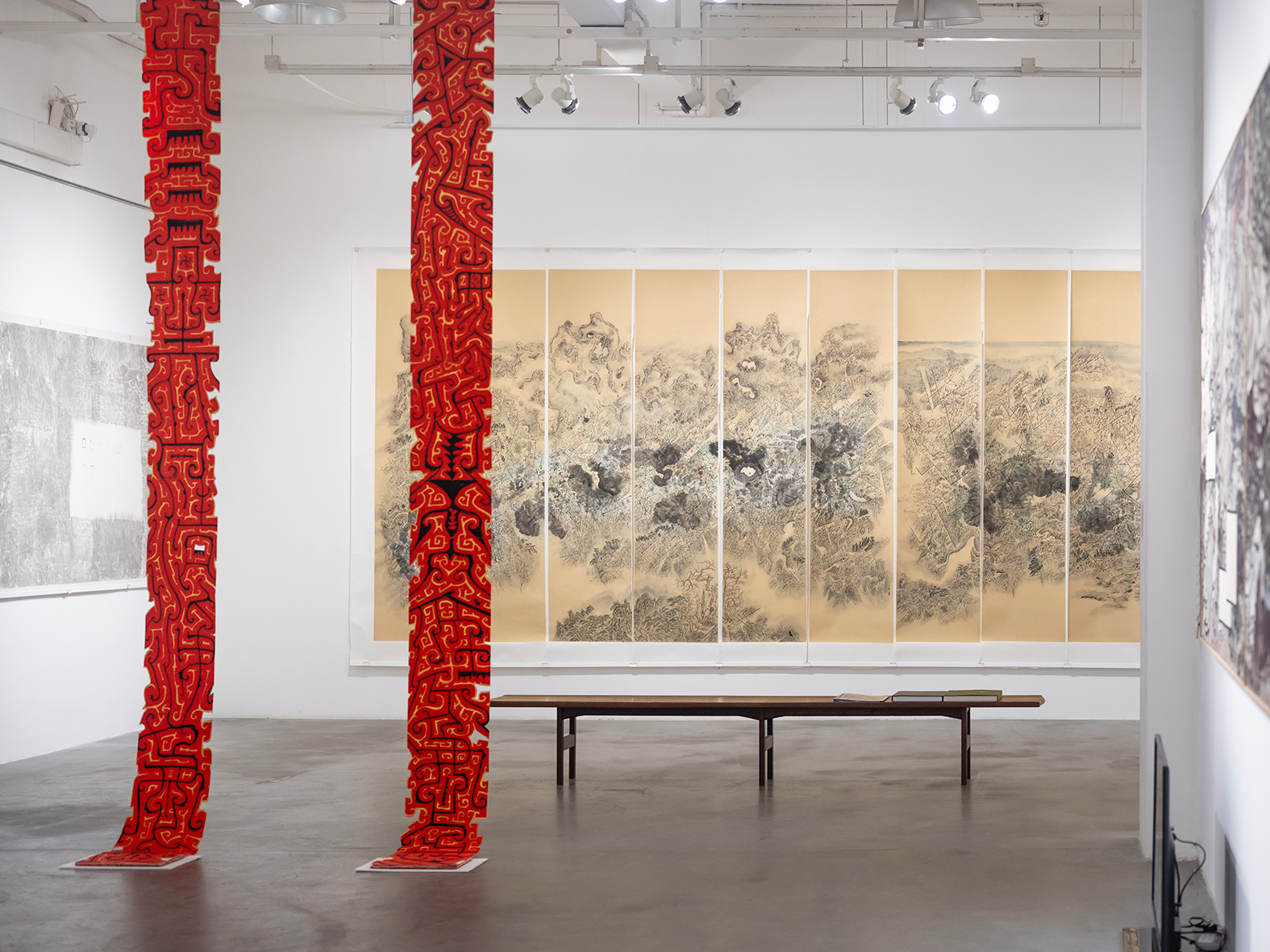
KWAI TSING
MONUMENTS
21 Jun – 26 Jul, 2025
Hanart TZ Gallery

CENTRAL
In Free Flight
19 Jun – 22 Jul, 2025
Ora-Ora
.jpg)
SHEUNG WAN
Urban Reveries
19 Jun – 2 Aug, 2025
Soluna Fine Art
.jpg)
CENTRAL
Cherie Cheuk: A Wrinkle In Time
18 Jun – 6 Sep, 2025
Alisan Fine Arts
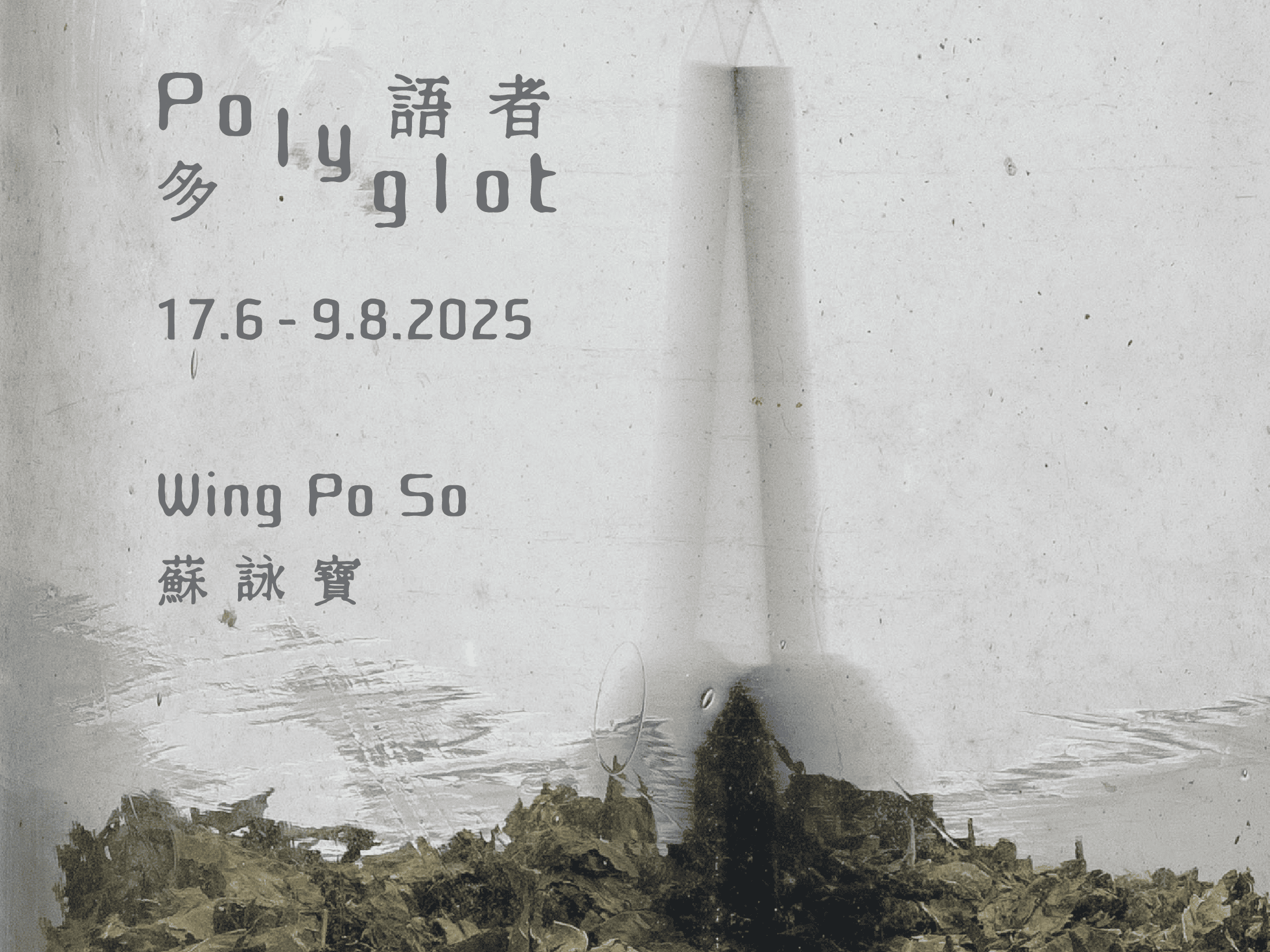
SOUTHERN
Wing Po So: Polyglot
17 Jun – 9 Aug, 2025
Blindspot Gallery
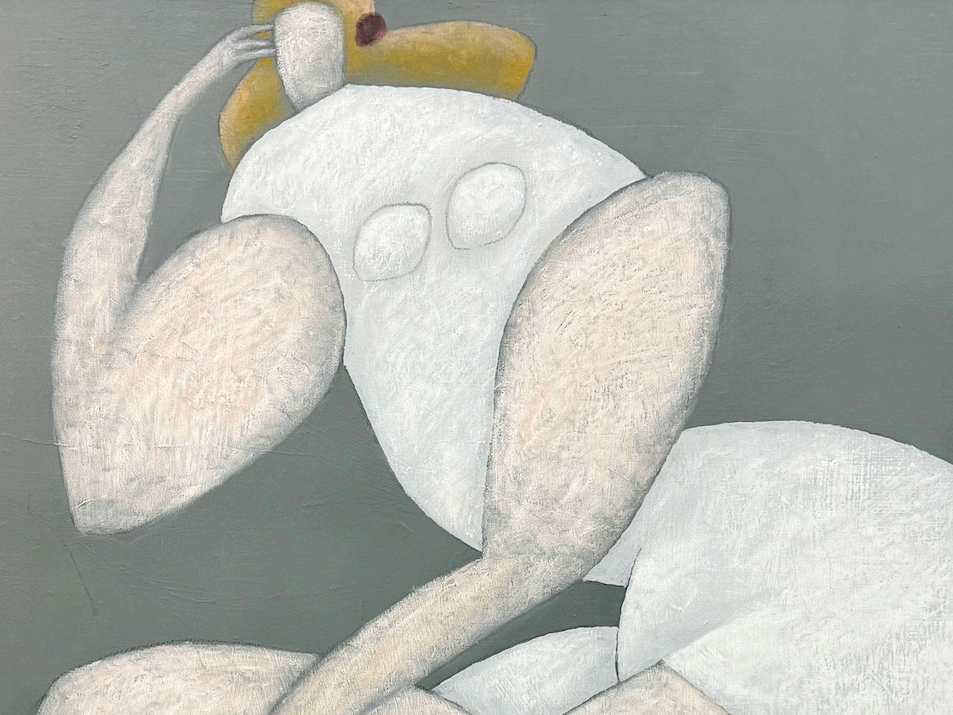
SOUTHERN
MUSE and TOTEM
13 Jun – 20 Aug, 2025
Boogie Woogie Photography
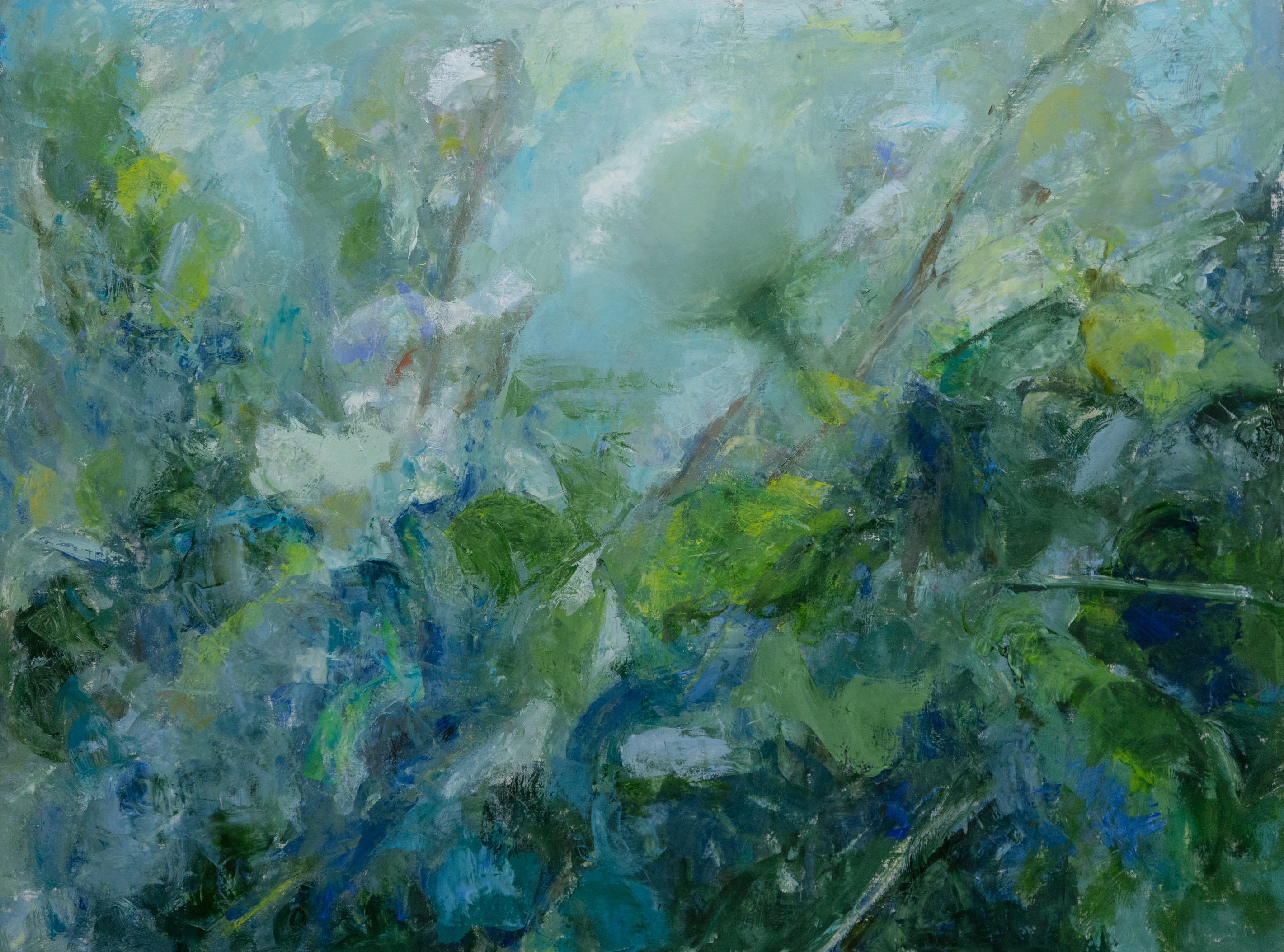
CENTRAL
Dreamscape
12 Jun – 29 Aug, 2025
3812 Gallery
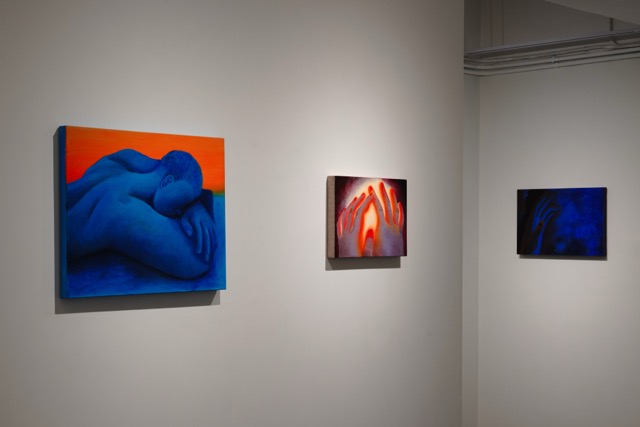
SOUTHERN
Doris Chui Solo Exhibition: “We Float, As We Slowly Fall Asleep”
7 Jun – 19 Jul, 2025
SC Gallery
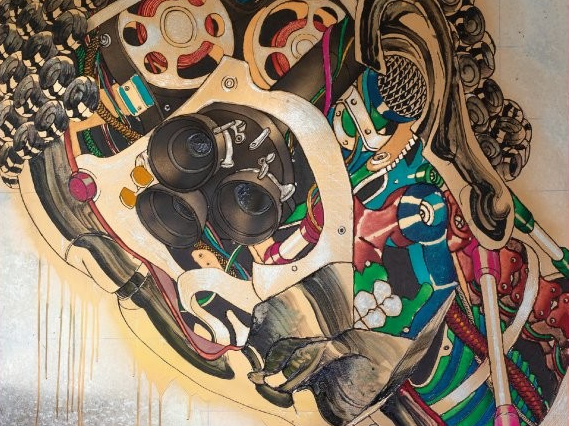
CENTRAL
Kongkee: Future Jataka
30 May – 30 Aug, 2025
gdm (Galerie du Monde)
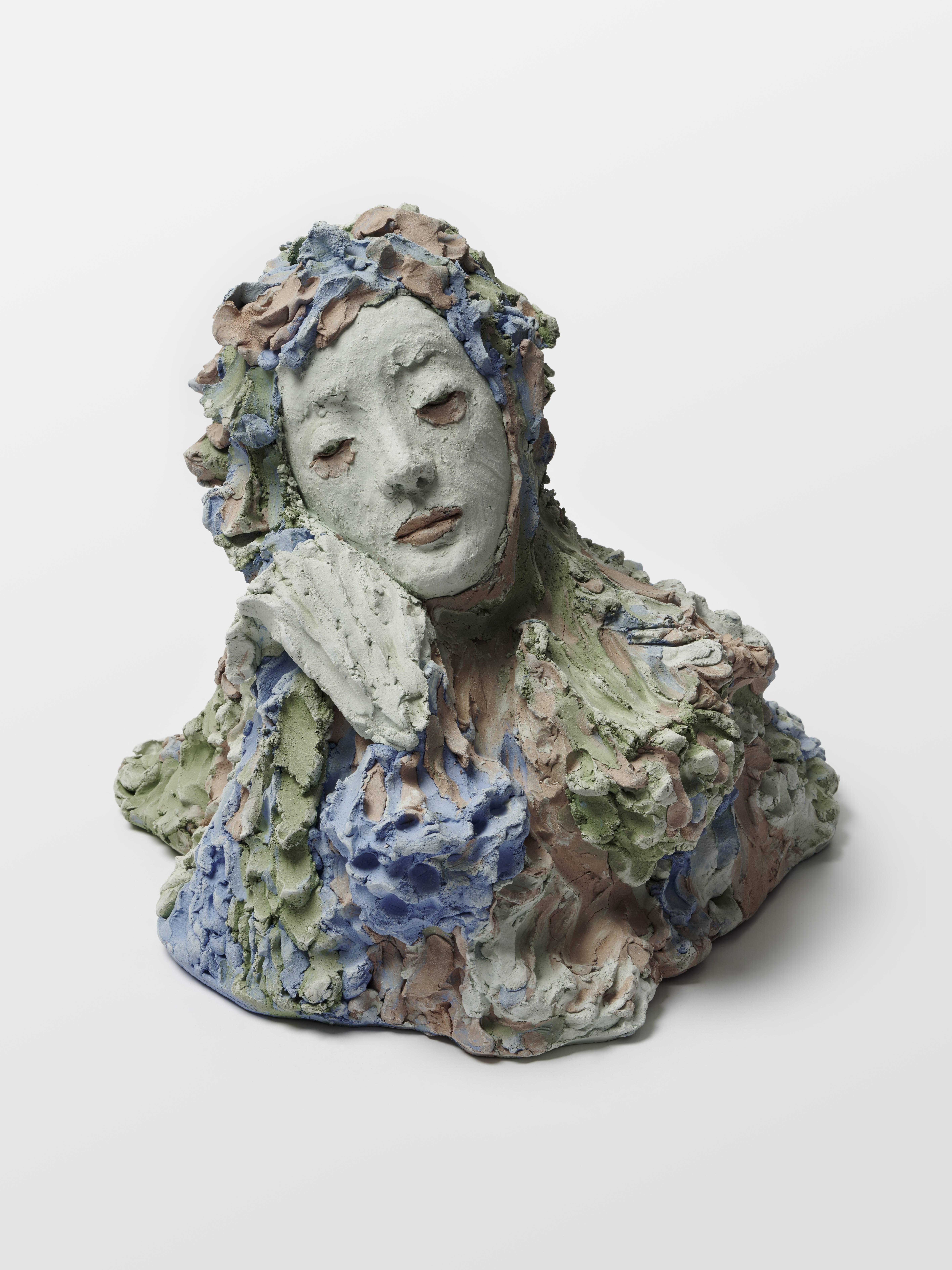
CENTRAL
Condition I-VI and Blue Room
29 May – 30 Aug, 2025
MASSIMODECARLO
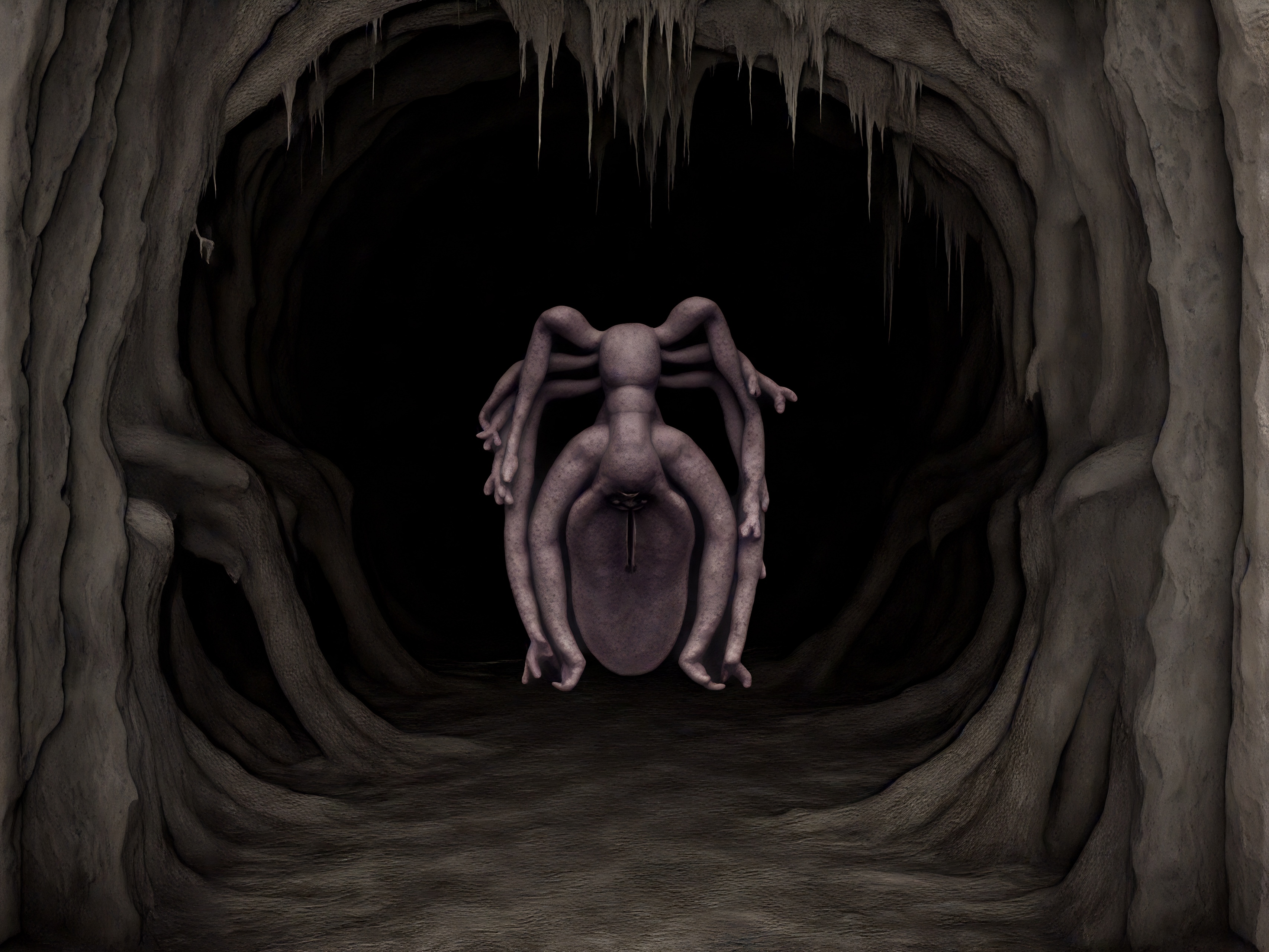
SOUTHERN
Ailsa Wong: 1
24 May – 26 Jul, 2025
DE SARTHE
YAU TSIM MONG
Spectra
24 May – 5 Jul, 2025
PERROTIN

SOUTHERN
Zoran Music
24 May – 23 Aug, 2025
Axel Vervoordt Gallery
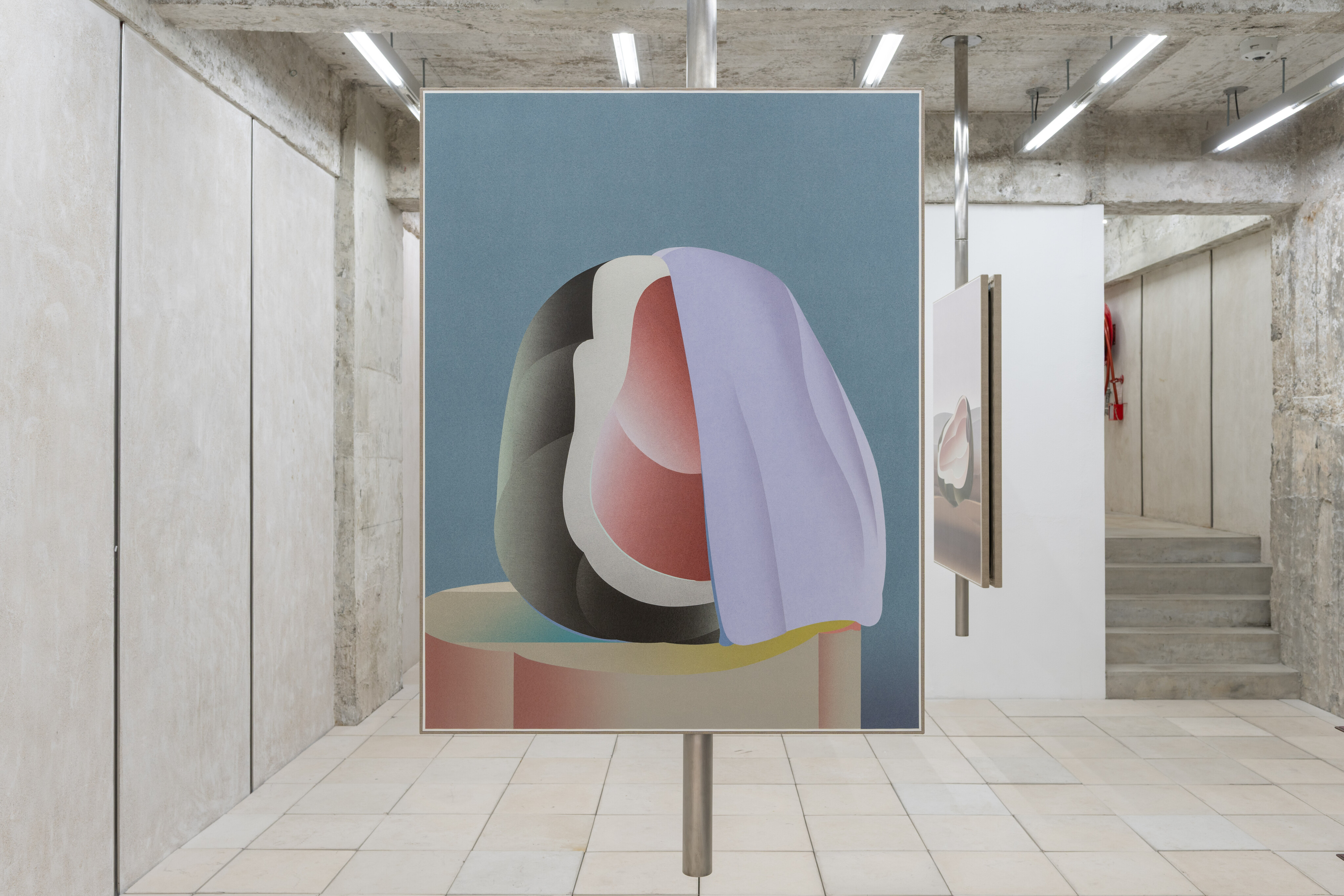
WAN CHAI
borrnnn
23 May – 5 Jul, 2025
Kiang Malingue
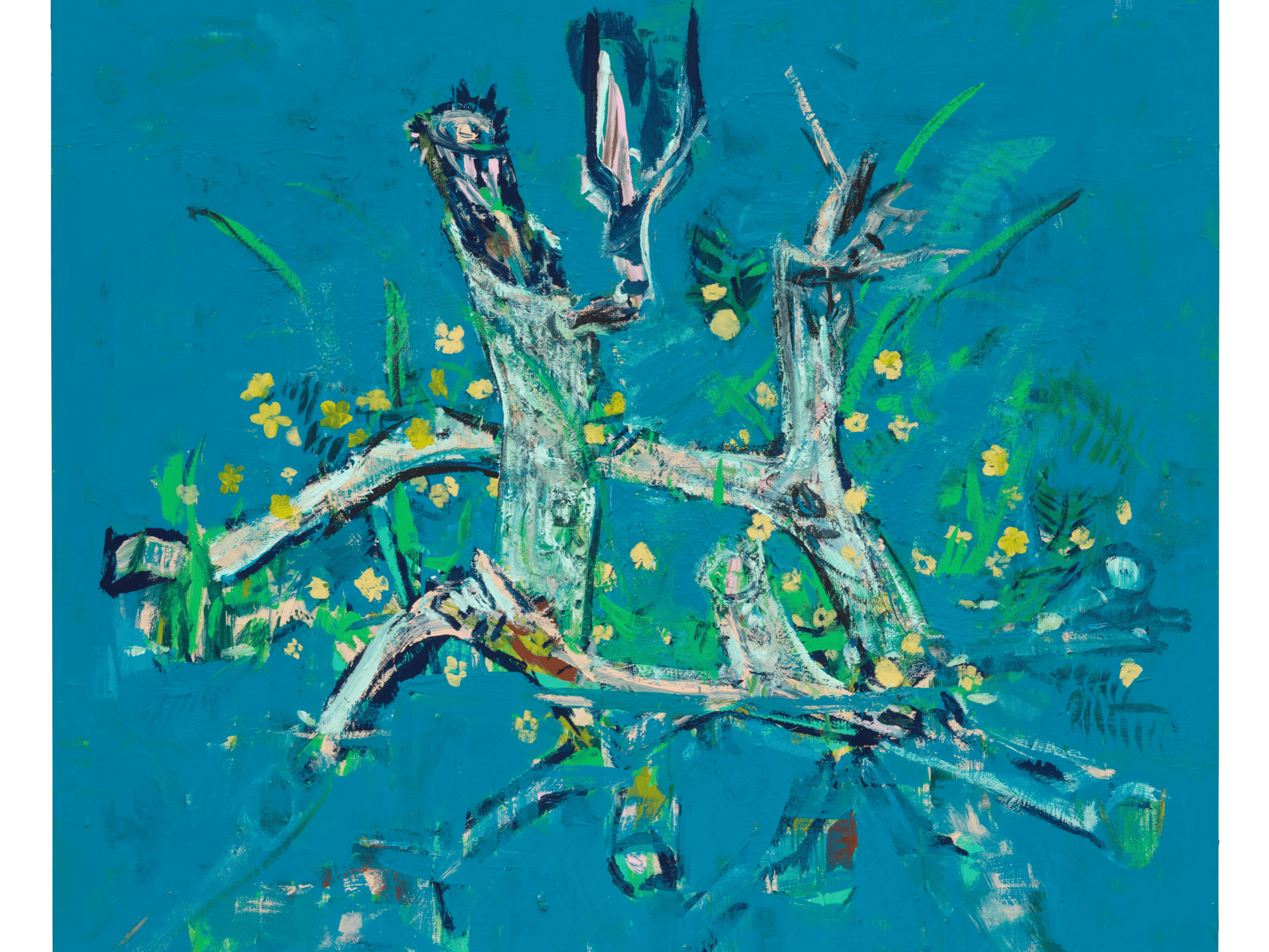
CENTRAL
Cy Gavin
22 May – 2 Aug, 2025
Gagosian
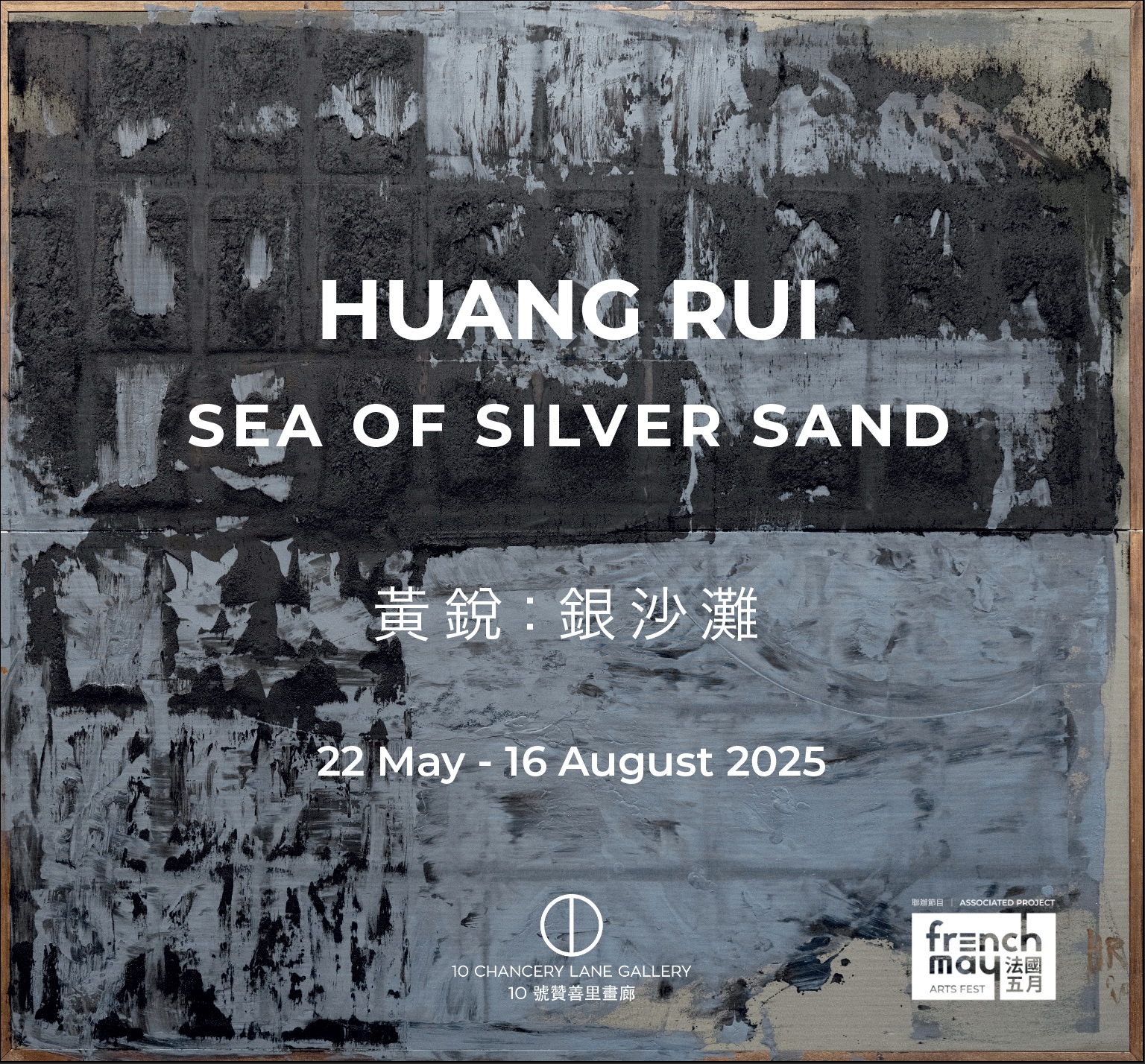
CENTRAL
Huang Rui: Sea of Silver Sand
22 May – 16 Aug, 2025
10 Chancery Lane Gallery
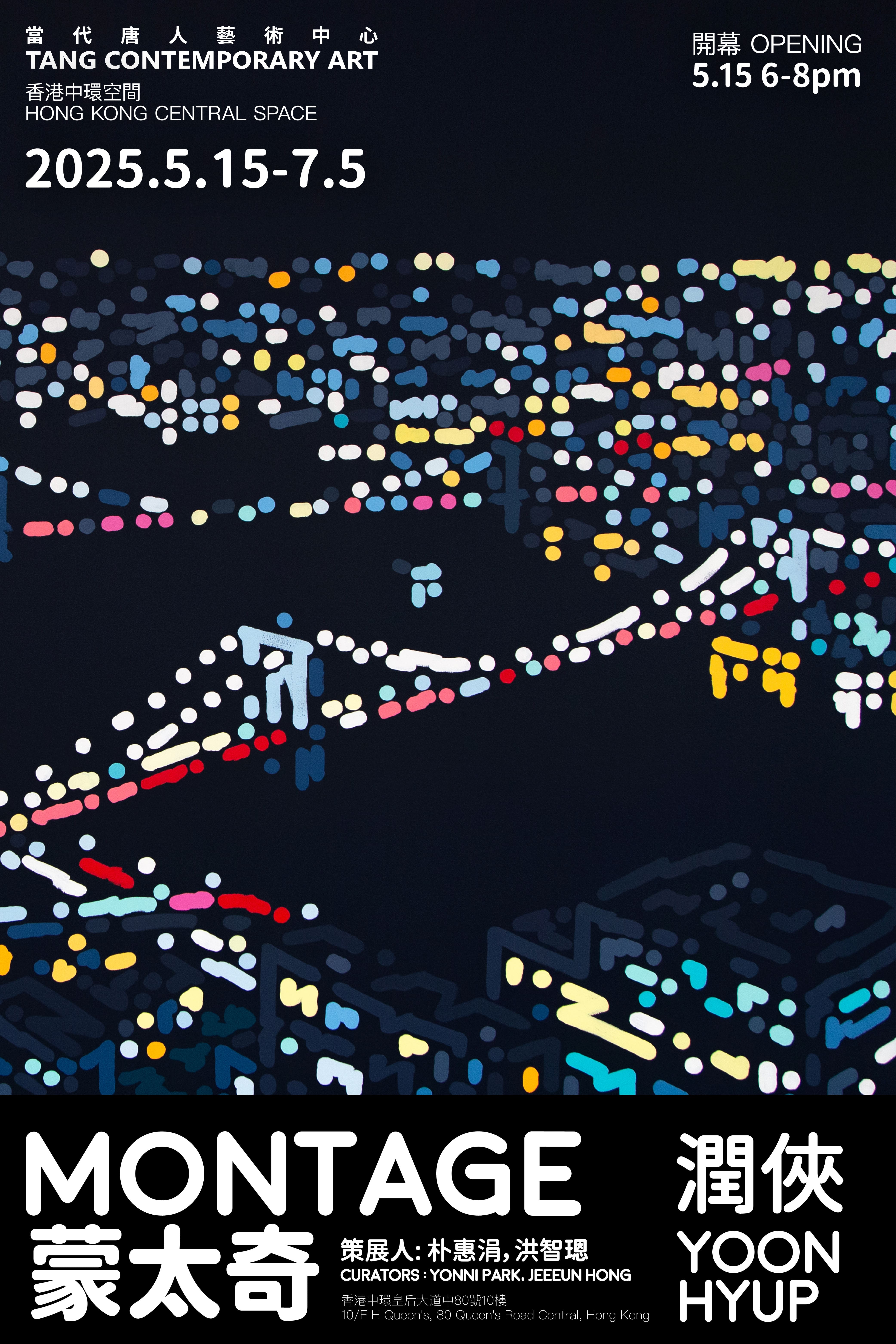
CENTRAL
Yoon Hyup: Montage
15 May – 5 Jul, 2025
Tang Contemporary Art (Central)
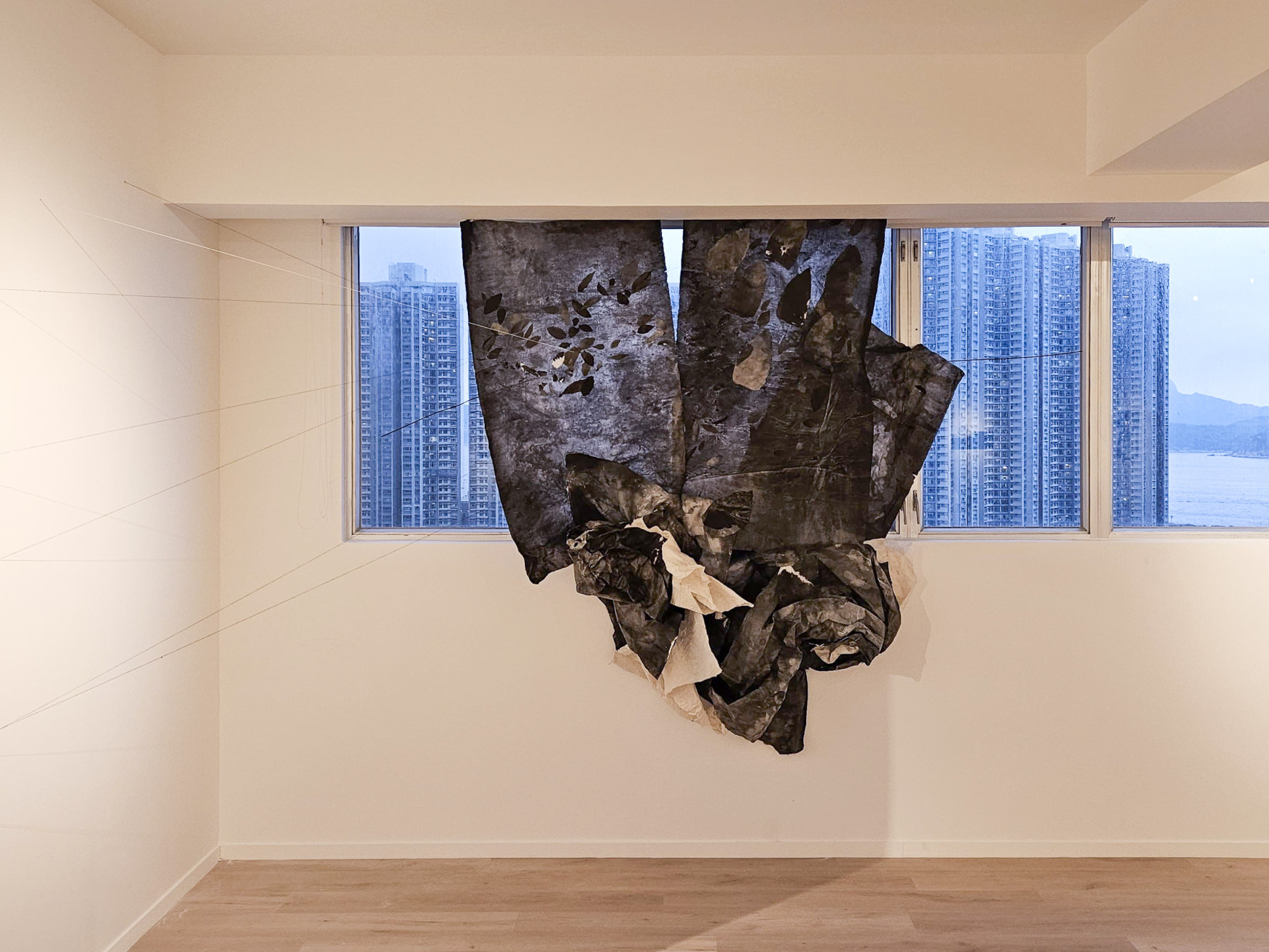
SOUTHERN
Lin Yan: Everlasting Layers
6 May – 16 Aug, 2025
Alisan Atelier
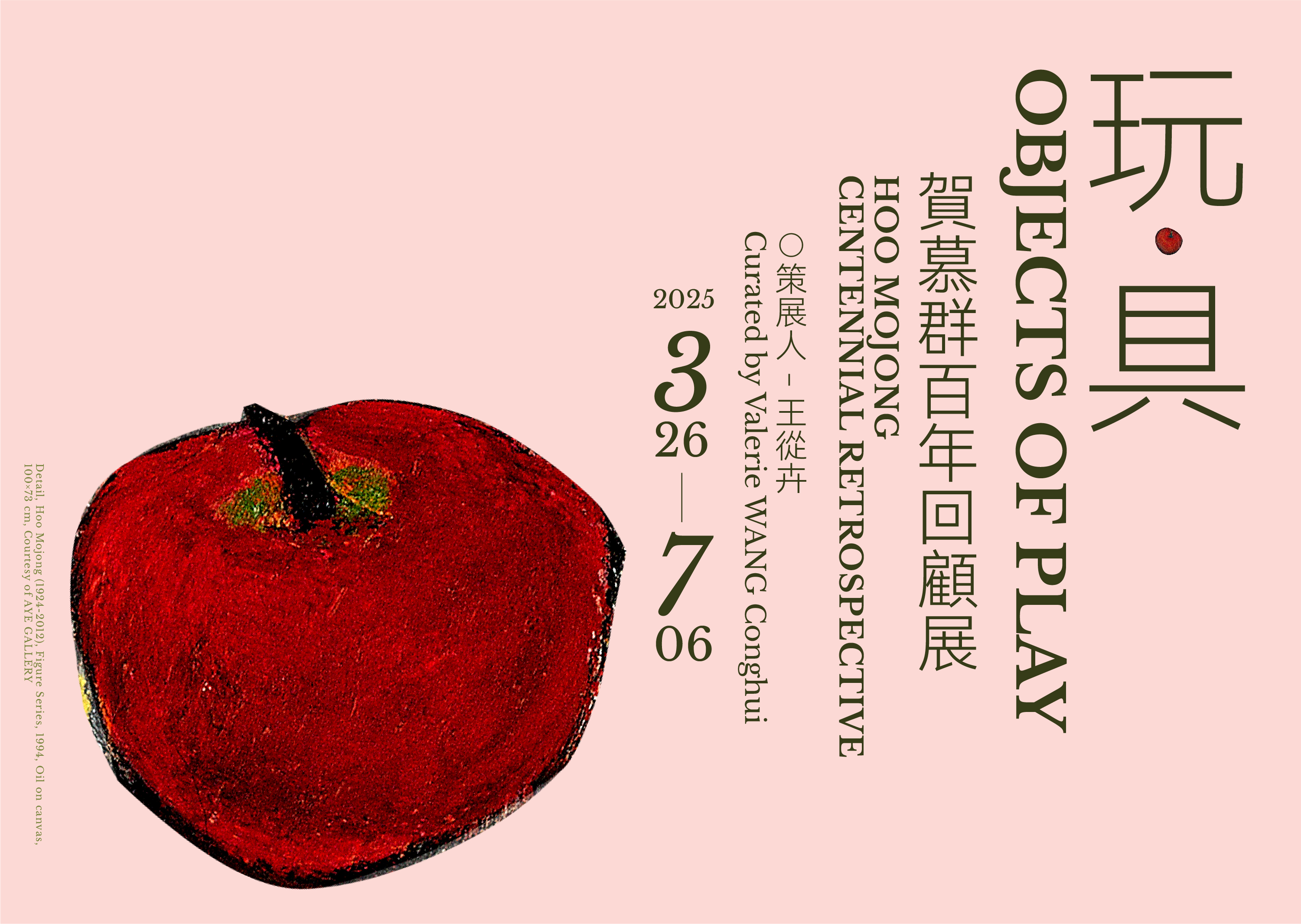
ADMIRALTY
Objects of Play: Hoo Mojong Centennial Retrospective
26 Mar – 6 Jul, 2025
Asia Society Hong Kong Center
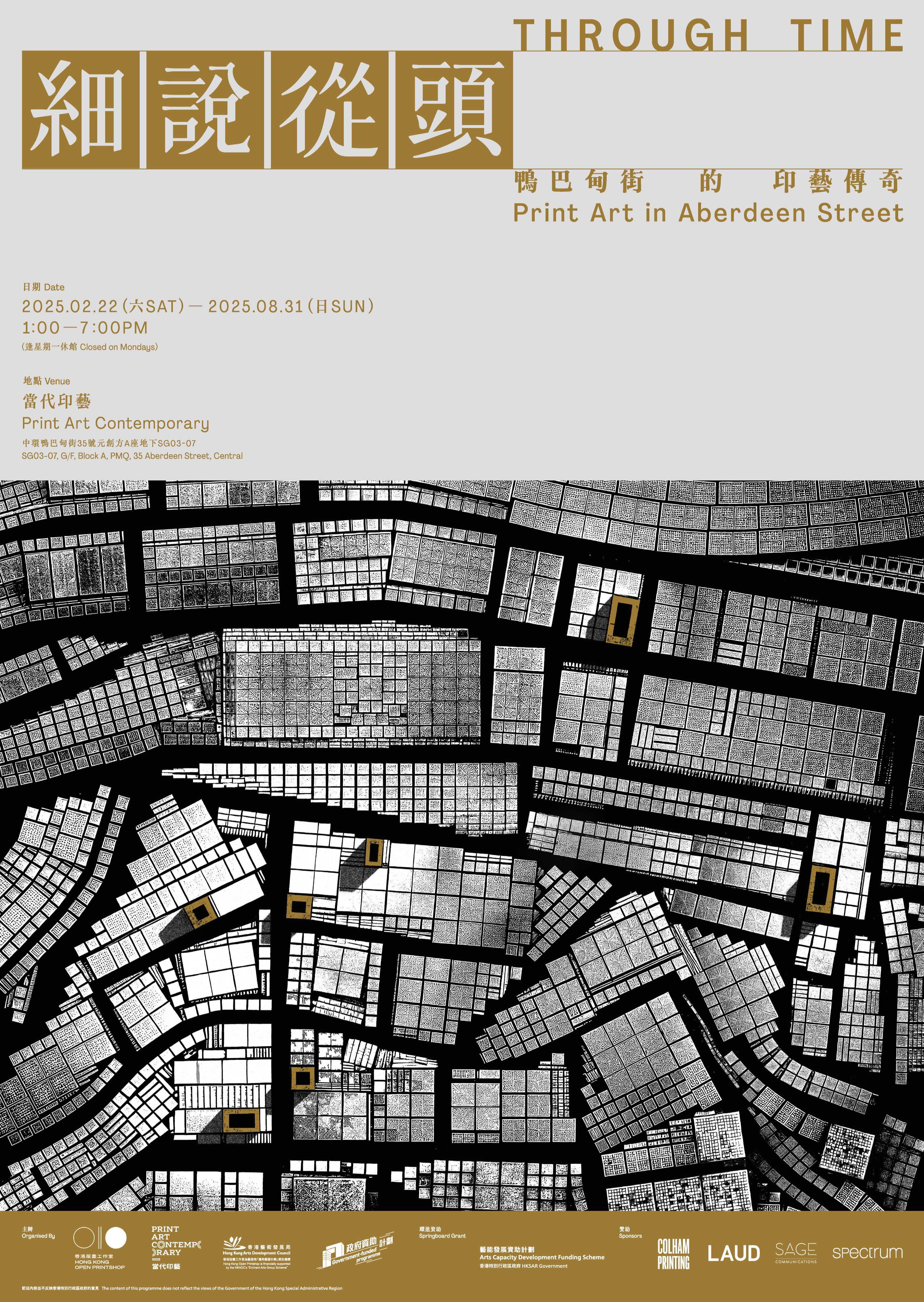
CENTRAL
Through Time—Print Art in Aberdeen Street
22 Feb – 31 Aug, 2025
Print Art Contemporary
OPENING SOON
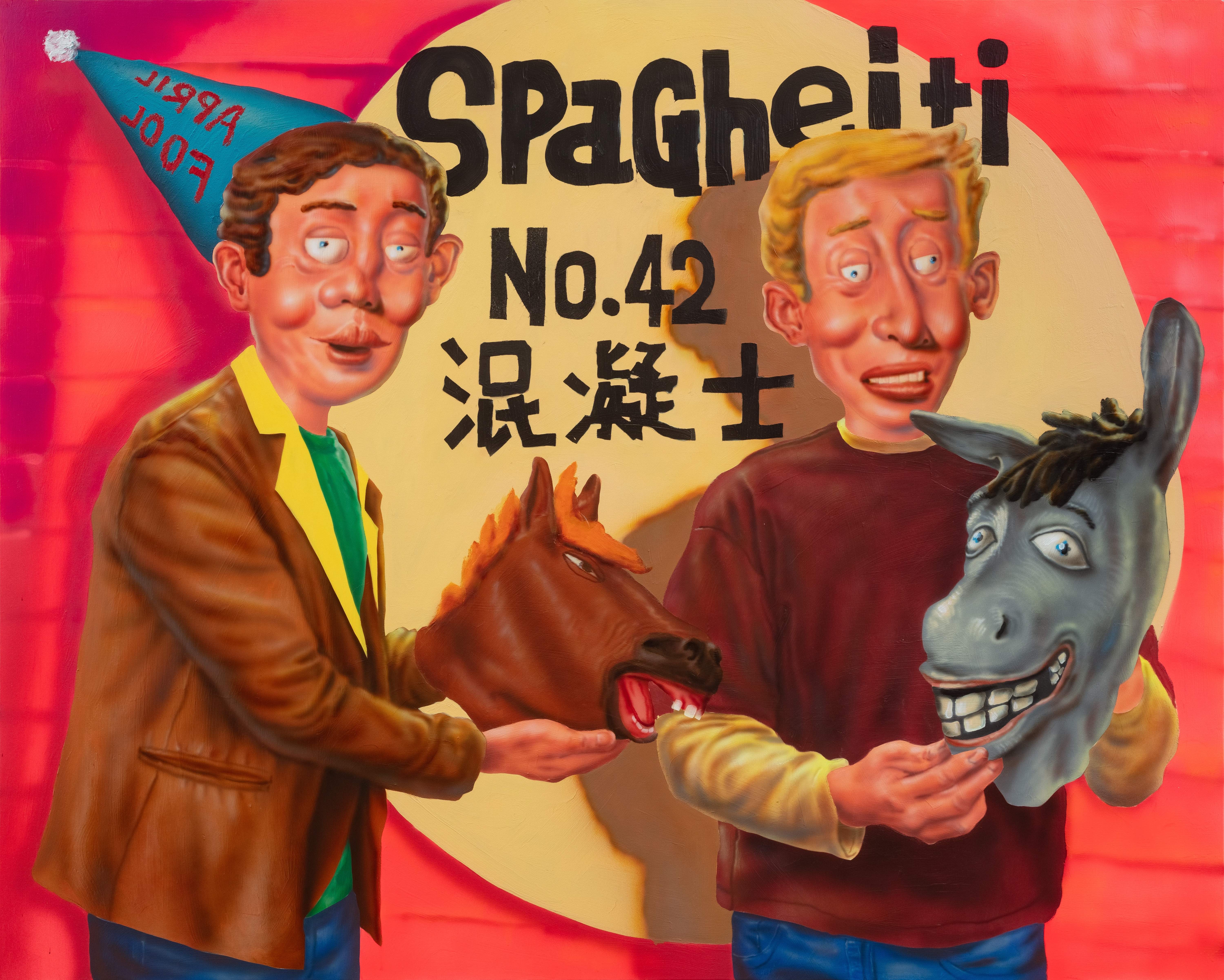
SOUTHERN
Yan Jingzhou Solo Exhibition - Love is Love
3 Jul – 12 Aug, 2025
Tang Contemporary Art (Wong Chuk Hang)
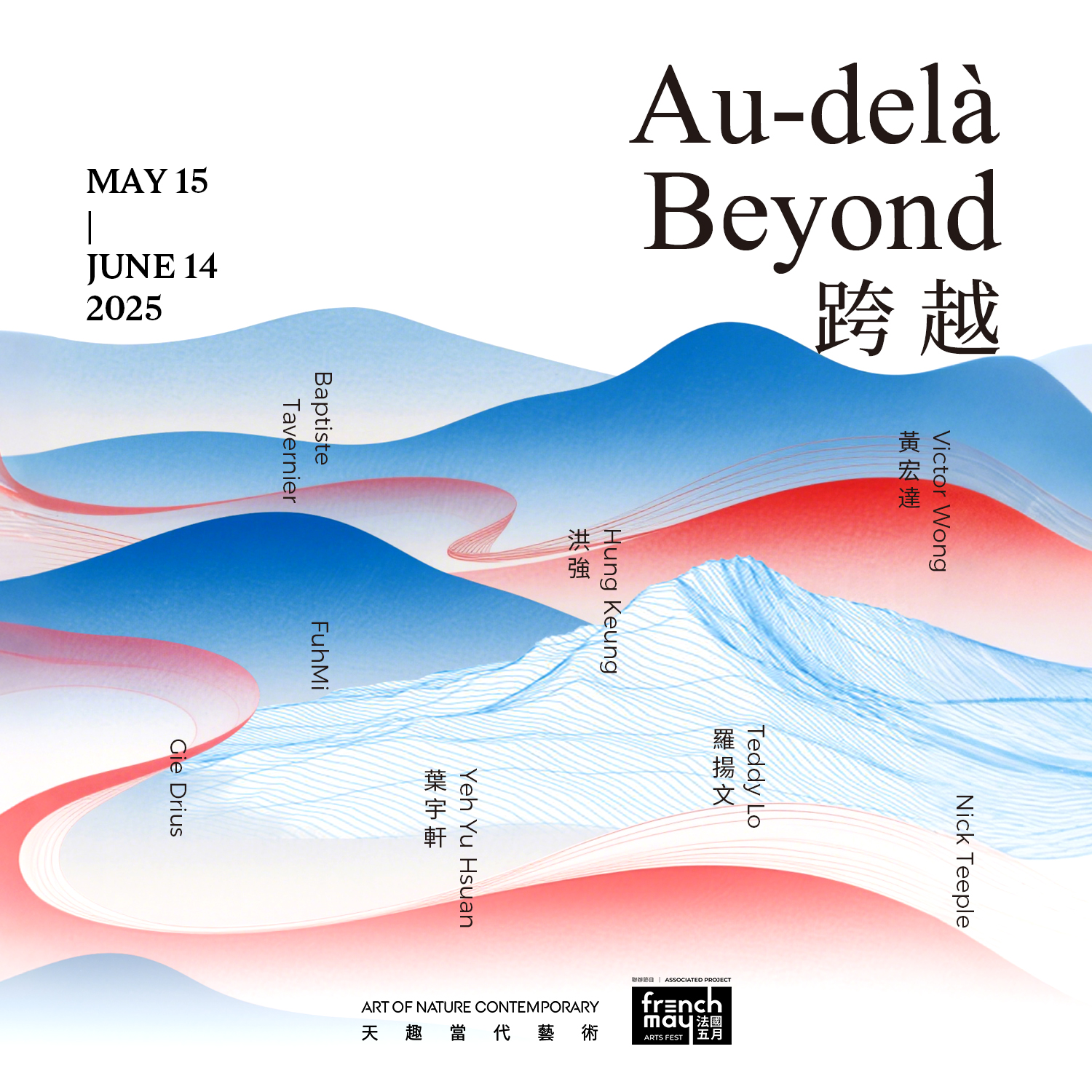
CENTRAL
Familiar Strangeness: Xu Chenyang Solo Exhibition
4 Jul – 9 Aug, 2025
Art of Nature Contemporary (Central)
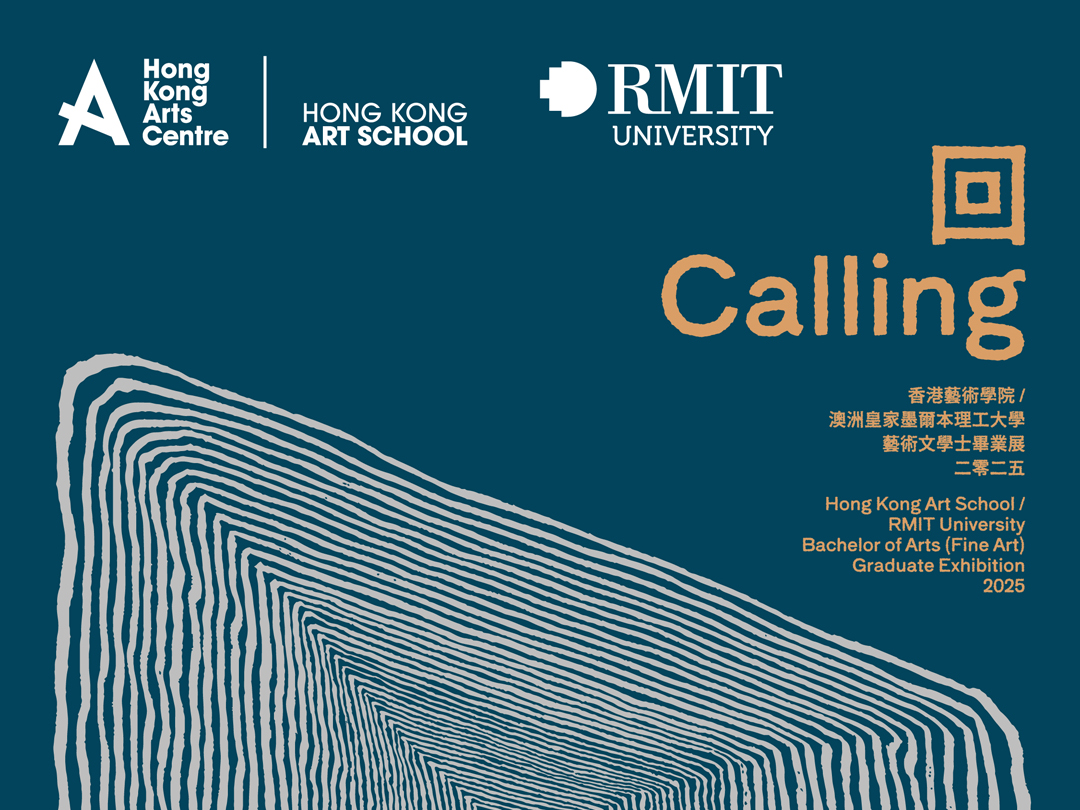
WAN CHAI
BAFA Graduate Exhibition 2025 – Calling
5 Jul – 21 Jul, 2025
Hong Kong Arts Centre
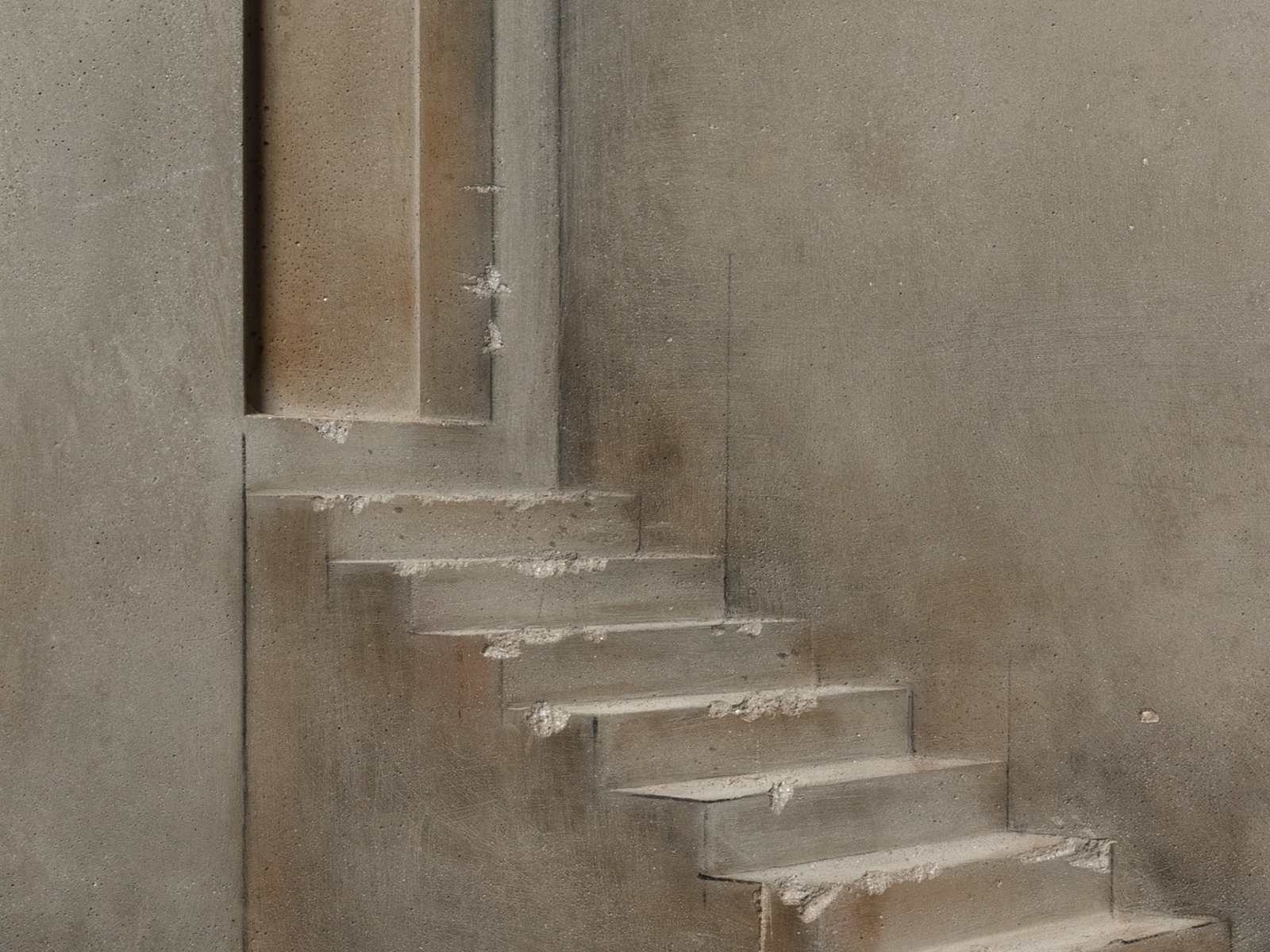
CENTRAL
Cai Lei: Constructing Void
5 Jul – 16 Aug, 2025
Tang Contemporary Art (Central)
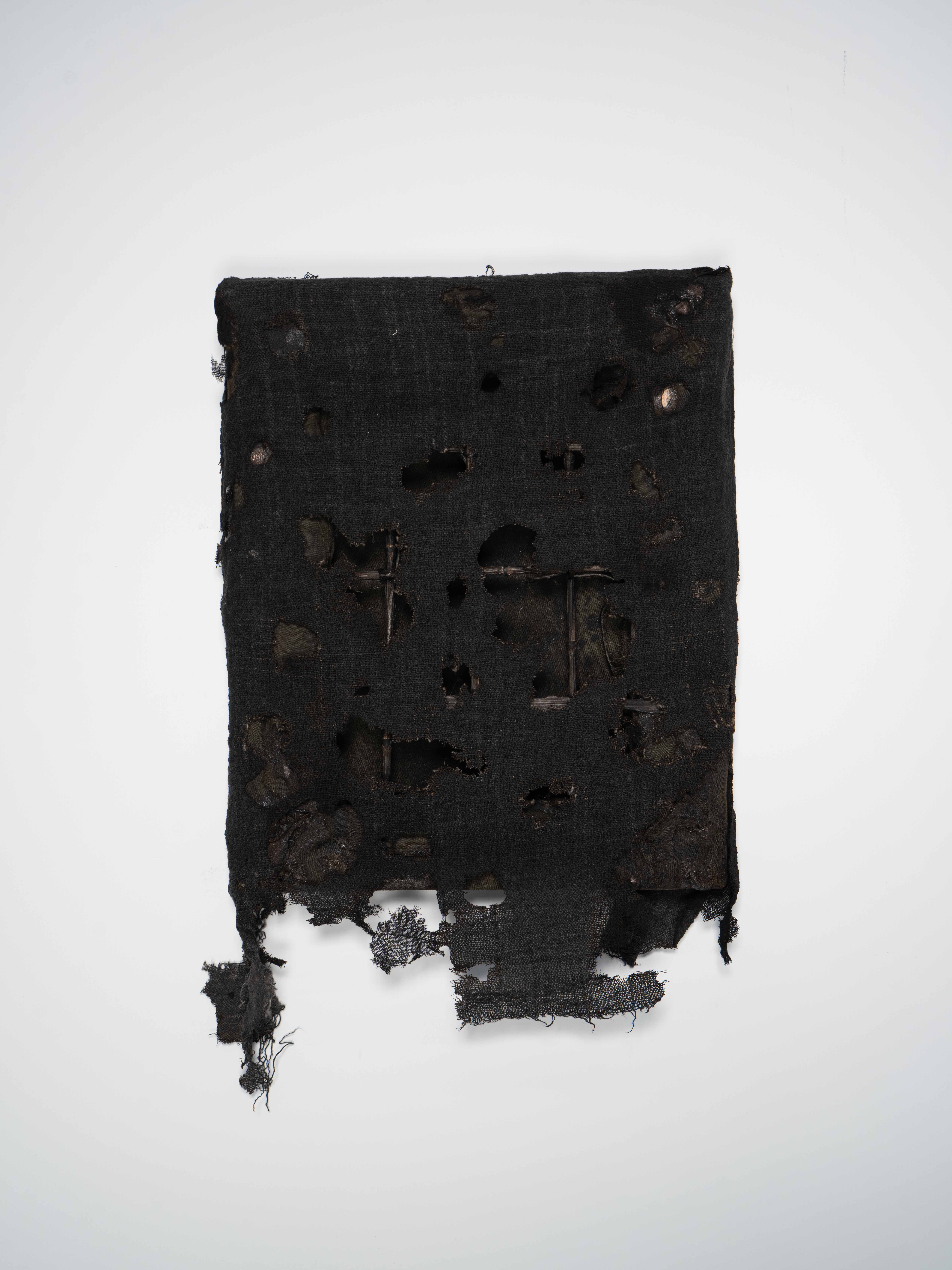
SOUTHERN
Freddy Carrasco: Return to Nothing
5 Jul – 2 Aug, 2025
WKM Gallery
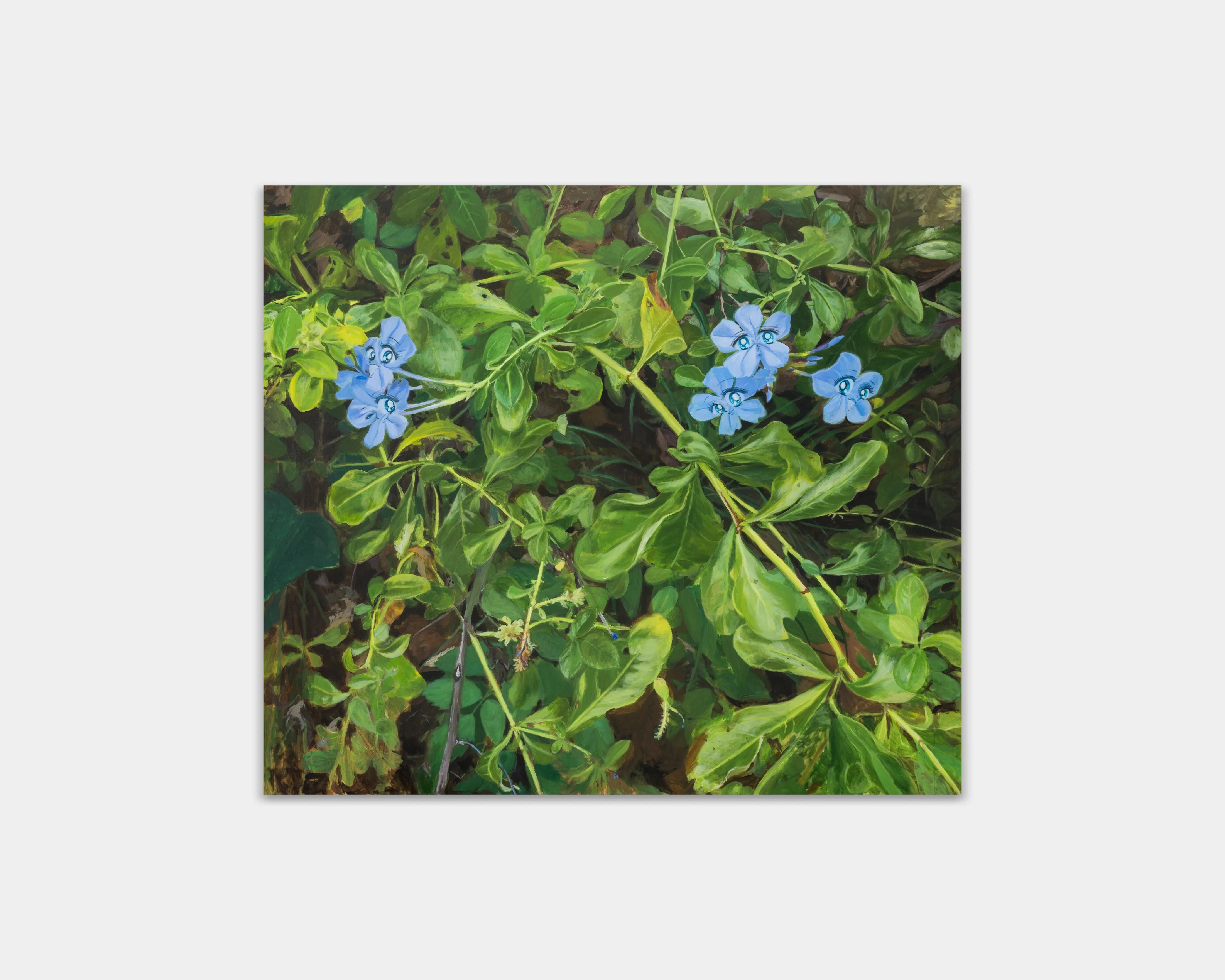
WAN CHAI
Summer
10 Jul – 13 Sep, 2025
Kiang Malingue

WAN CHAI
HKAS Higher Diploma in Fine Art Graduate Exhibition 2025 — Safari
19 Jul – 30 Jul, 2025
Hong Kong Arts Centre
Spectra
24 May – 5 Jul, 2025
PERROTIN
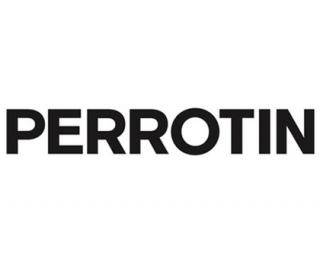
PERROTIN
Address: 807, K11 ATELIER Victoria Dockside, 18 Salisbury Rd., Tsim Sha Tsui
Opening Hours: Tue–Sat 11am–7pm
Phone: +852 3758 2180
Website: perrotin.com

